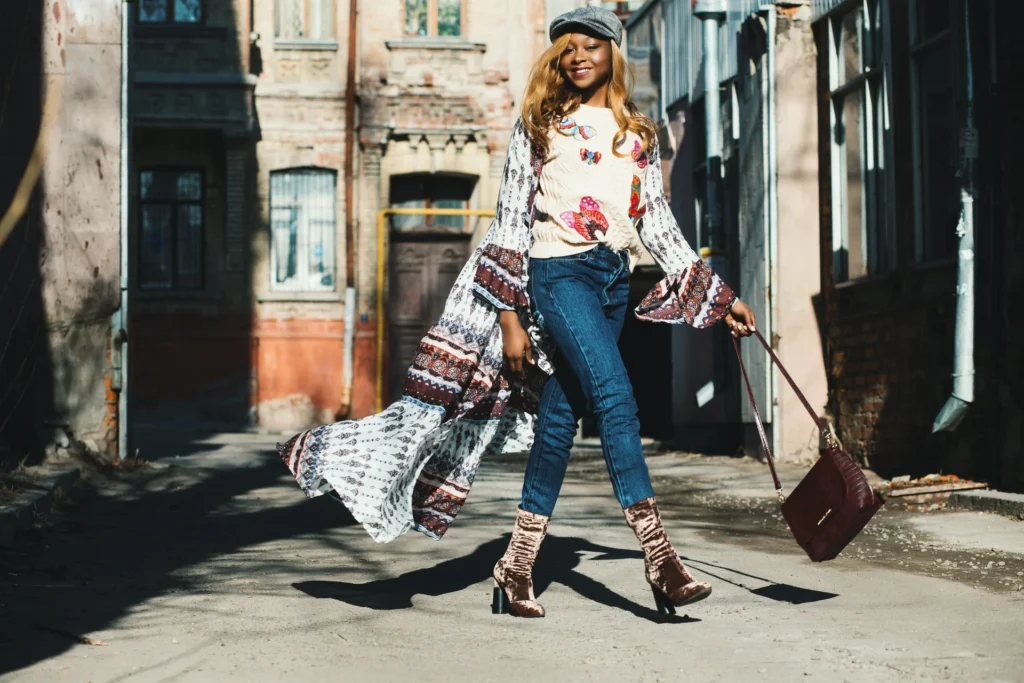Fashion Trends 2025: What’s Hot and What’s Not
The fashion landscape of 2025 reflects a profound shift toward conscious consumption and technological integration. Industry analysts report that sustainability metrics now influence 78% of purchasing decisions, fundamentally altering how brands design and market collections. This comprehensive analysis examines the key developments shaping wardrobes next year.
Emerging Dominant Trends
Sustainable innovation has moved beyond niche status to become the primary driver of fashion development. Leading brands now implement circular design principles, creating garments engineered for complete recyclability or biodegradability. Recent breakthroughs include mushroom leather achieving comparable durability to animal hides while using 90% less water. Major retailers have committed to eliminating virgin polyester from collections by Q3 2025, responding to both consumer demand and impending regulations.
Technology integration transforms clothing from passive items to responsive systems. Smart fabrics with temperature-regulating capabilities have decreased in price by 40% since 2023, making them accessible to mainstream consumers. Three-dimensional printing advancements now allow custom-fitted garments produced locally within hours, reducing shipping emissions and inventory waste. Wearable technology has evolved beyond obvious tech elements, with sensors woven directly into textiles for health monitoring and environmental adaptation.
Aesthetic preferences continue evolving toward hybrid expressions. Neo-vintage fusion dominates runways, combining 1970s silhouettes with technical materials and digital prints. Gender boundaries in clothing have dissolved completely, with fluid silhouettes representing 65% of new collections across major fashion houses. The paradoxical maximalist minimalism trend features bold architectural shapes executed with sustainable materials and zero-waste construction techniques.
Color forecasting reveals two distinct but complementary directions. Biophilic palettes draw inspiration from resilient ecosystems, featuring muted earth tones with unexpected vibrant accents. Digital brights reflect our screen-mediated lives, with hyper-saturated hues developed specifically for both physical and virtual environments. Traditional artisanal patterns experience renewed relevance, particularly handwoven techniques and natural dyeing processes documented through blockchain verification.
Declining Fashion Approaches
Fast fashion models face unprecedented challenges as consumers prioritize longevity and ethical production. Industry data shows a 32% decline in fast fashion purchases since 2022, with secondhand platforms now outselling new fast fashion items in key markets. Brands failing to demonstrate transparent supply chains experience significant customer attrition, with 83% of consumers researching production methods before purchasing.
Excessive branding has lost its appeal across all demographics. Logomania peaked in early 2023 and has since declined sharply, with consumers preferring subtle craftsmanship indicators over prominent branding. Luxury houses report increased demand for unbranded pieces, with signature elements becoming more discreet and integrated into design rather than displayed overtly.
Single-use occasion wear represents another declining category. The rental market for formal wear has grown 215% since 2021, while consumers increasingly invest in versatile pieces that adapt to multiple settings. Clothing designed for limited functionality or comfort faces rejection, with ergonomic design and wearability now ranking among the top purchase criteria.
Non-inclusive sizing has become commercially unviable. Brands offering limited size ranges have experienced market share losses averaging 18% annually since 2020. Extended sizing is now standard across new collections, with fit technology enabling personalized adjustments regardless of body dimensions.
Market Transformation Drivers
Environmental urgency accelerates material innovation, with fashion contributing approximately 10% of global carbon emissions. Regulatory frameworks in the European Union and California mandate extended producer responsibility, forcing brands to consider end-of-life management. Investment in bio-fabricated materials reached $2.7 billion in 2024, with commercial scaling expected throughout 2025.
Technological integration continues reshaping production and consumption patterns. Artificial intelligence now assists in design optimization, reducing material waste by an average of 35%. Virtual try-on technology has decreased return rates by 28% for online retailers, addressing a significant sustainability challenge in e-commerce.
Individual expression has replaced trend conformity as the primary fashion motivation. Social media fragmentation has enabled diverse style communities to flourish, reducing the influence of centralized trend forecasting. Personalization through customization and modular design allows consumers to participate actively in the creation process, fostering deeper connections with garments.
The fashion industry of 2025 operates at the intersection of responsibility and innovation, where environmental considerations and technological capabilities enable new forms of self-expression. Consumers now evaluate clothing through multiple dimensions of value, including durability, ethical production, and personal relevance. This evolution represents not merely changing styles but a fundamental reimagining of fashion’s role in society and its relationship with both people and planet.






